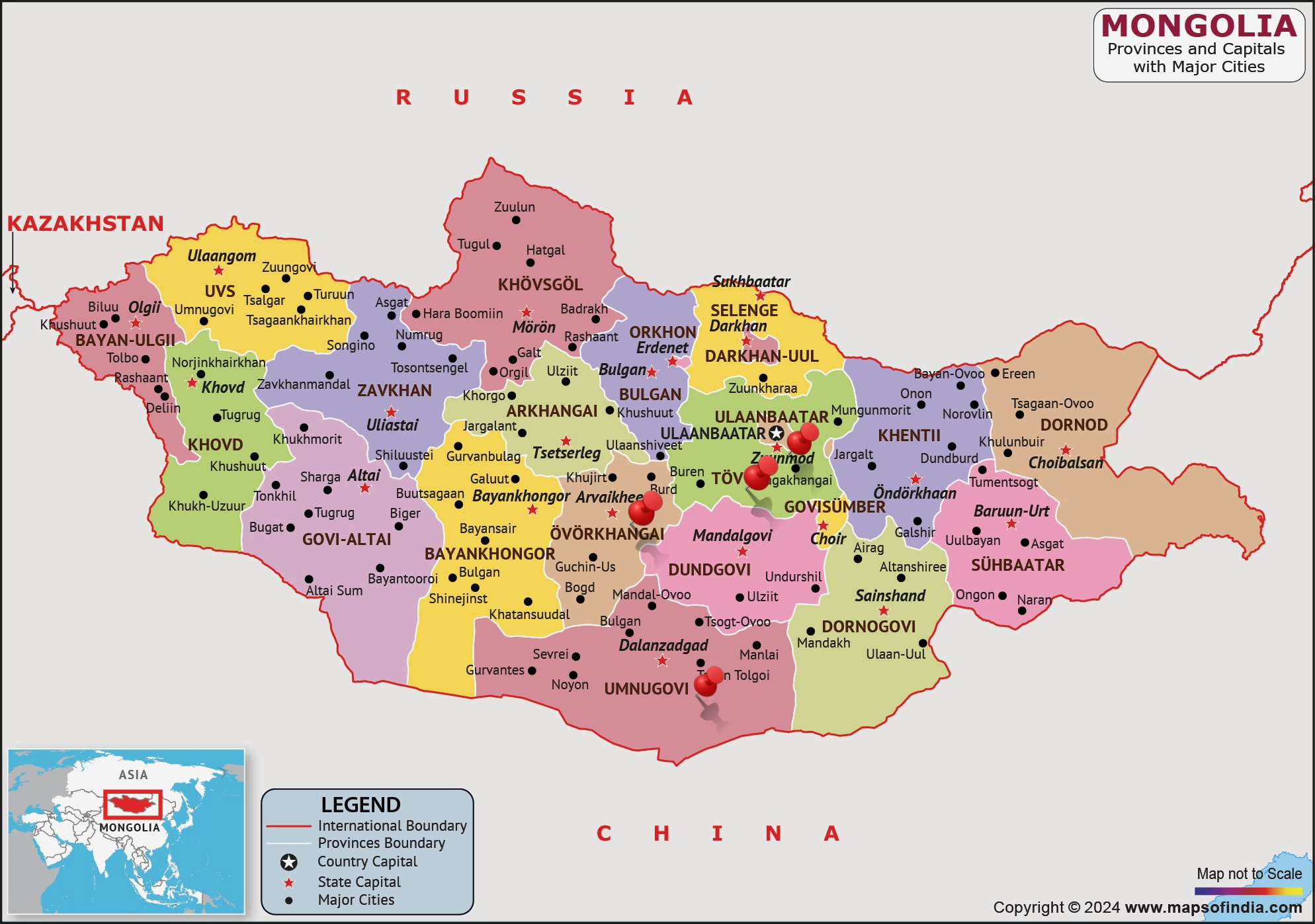For those interested in photographing the birds of Asia, Mongolia has a great deal to offer: in the north is the southern edge of the great Siberian boreal forest, the centre consists of the seemingly endless steppe and the south holds the Gobi Desert. With its tiny population of only three million scattered across a huge area, Mongolia has one of the lowest population densities on our planet, a true wilderness where most of the land is inhabited by wild creatures rather than man. This Bird-Photo-Tours Asia trip focusses on enjoying close photographic encounters with three special Mongolian birds: Black-billed Capercaillie, Altai Snowcock and MacQueen's Bustard. These three species are difficult birds to photograph in East Asia. However, with the right tactics, timing and knowledge, close photographic encounters can be enjoyed. The Black-billed Capercaillie gathers at lekking sites in the pine forests outside of Ulaanbatar during the breeding season and for a few short weeks only these shy birds can be observed at close range as they compete with rival males for mating rights. Macqueen’s Bustards migrate to their breeding grounds in the Gobi desert of southern Mongolia. They too compete with rival males at display sites for a short window of a few weeks only providing a golden opportunity to film this normally reclusive species. The habitat of the Altai Snowcock is high-altitude ridges and the difficulty with this species is accessing their mountainous habitat. But, we have identified an accessible location for this species, meaning chances of obtaining portraits of this normally tough-to-film bird are significantly increased. This Bird Photo Tour also holds a a fabulous supporting cast of birds to photograph including Demoiselle Cranes, Oriental Plover, Pallas’s Sandgrouse, Long-toed and Temminck's Stints, Asian Short-toed Larks, Blyth’s and Richard's Pipits, Kozlov’s, Brown and Altai Accentors, Güldenstadt’s and Eversmann’s Redstarts, Red-throated, Dusky and Naumann’s Thrushes, Mongolian Ground Jay, Saxaul Sparrow, Père David’s Snowfinch and Desert Wheatears.


Black-billed Capercaillie: timed for the peak of the lekking season maximizing the chances for close photographic encounters.
Altai Snowcock: accessible locations for photography have been identified for this difficult-to-see bird.
MacQueen’s Bustard: photographing these birds on their mating grounds in the fabulous habitat of the Gobi desert is quite simply a once-in-a lifetime experience.
Guiding Fees / Ground Transportation / Accommodation / Meals / Entrance Fees / Tipping for Drivers, Boatsmen, Hotel and Restaurant Staff.
International Flights / VISA Fees / Travel Insurance / Tips for Local Guide / Alcohol / Laundry / Items of a Personal Nature
Days 1-2 (1N, 0D, 0S). Arrive in Ulaabatar, transfer to hotel [Overnight: Ulaabatar]. Photographic Targets: Long-tailed Rosefinch / Eurasian Wryneck / Mandarin Duck / Taiga Flycatcher / Yellow-breasted Bunting.
Days 2-5 (3N, 2D, 5S). Drive 3 hours to Tov Province [Overnight: Camping]. Photographic Targets: Black-billed Capercaillie / Red-throated Thrush / Naumann's Thrush.
Days 5-8 (3N, 3D, 7S). Drive 6-7 hours to Ovorkhangai Province [Overnight: Camping]. Photographic Targets: Altai Snowcock / Wallcreeper / Alpine Accentor / Mongolian Finch / Pere David’s Snowfinch / Oriental Plover / Cinereous Vulture.
Days 8-12 (4N, 3D, 7S). Drive 10 Hours to Omnogovi Province [Overnight: Camping]. Photographic Targets: MacQueen’s Bustard / Saker Falcon / Short-toed Eagle / Desert Wheatear / Temminck’s Stint / Long-toed Stint / Pallas’s Sandgrouse / Naumann’s Thrush / Demoiselle Crane / Oriental Plover.
Days 12-14 (2N, 2D, 4S). Two extra days provided for depending on the ease or difficulty of photographing the three main birds [Overnight: TBC].
[Key: N=Night, D=Full Day, S = Session / Half-Day]

Paul was born in Australia and his interest in birds developed at an early age while assisting his father, a professional parrot breeder. Paul, is also a passionate traveler, has visited over 80 countries and consequently has explored many wild regions of our planet. With Paul's lifelong interest in photography, and drawing his inspiration from the natural world, Paul has become an accomplished wildlife photographer, with an impressive portfolio, and many photographic credits to his name including the National Geographic. It is therefore perhaps no surprise that Paul has combined these three interests of birds, traveling and photography, becoming an accomplished bird photography tour leader, leading groups of bird photographers and supporting them to produce high-quality portraits. Paul lives with his wife in Japan, where he has lived for the past 20-years, is fluent in Japanese and English, and uses Japan as a springboard for photographing the Birds of Asia.
(i) There is camping throughout the trip apart from the first and last night (ii) Walking is at a light pace (iii) There is some requirement to hike (iv) None of the locations are at altitude. Summary: as this is a camping trip and as there is some hiking, this trip has been graded as 'Medium'.